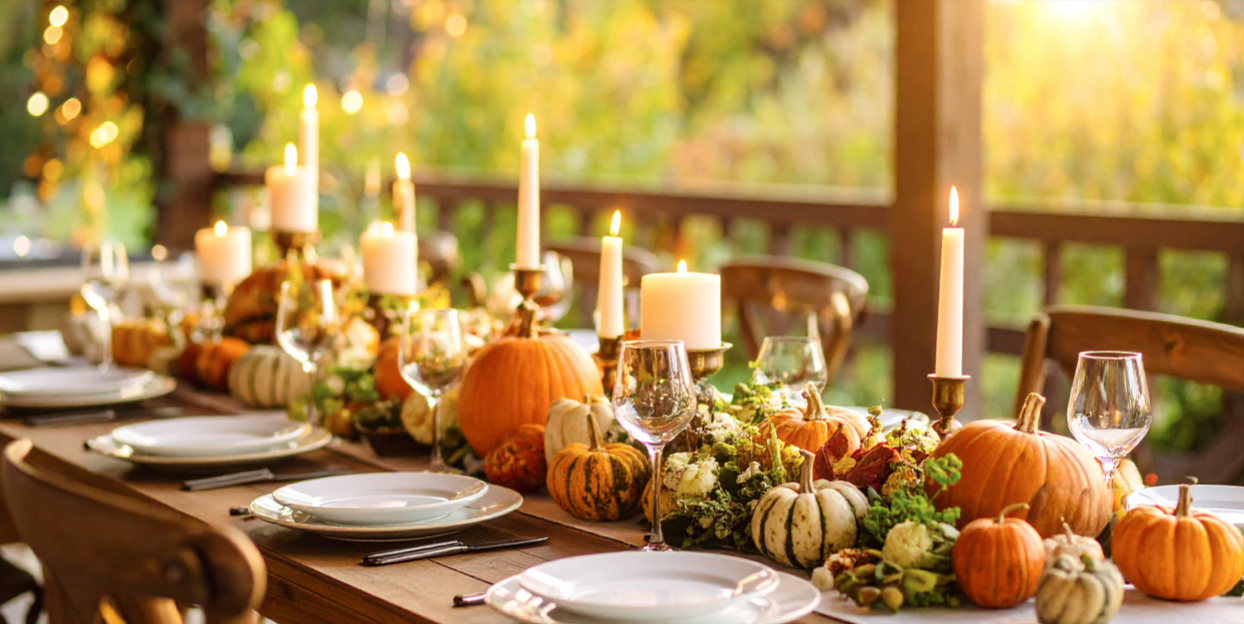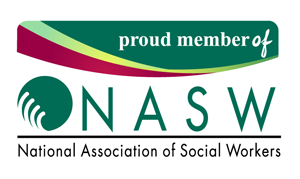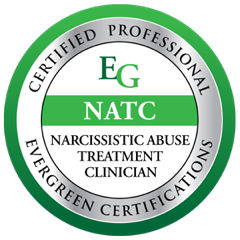Overcoming Limiting Beliefs for Growth and Success
Limiting beliefs – we all have them, but many of us underestimate their impact. These subconscious thoughts can shape our behavior, decisions, and ultimately, the trajectory of our lives. By recognizing and breaking free from these mental barriers, we allow ourselves the chance to grow, thrive, and achieve our fullest potential.
What Are Limiting Beliefs and Why Do They Matter?
Limiting beliefs are false or restrictive thoughts that hold us back from pursuing what we want. They often stem from past experiences, societal norms, negative messages we were received from people in our lives or internalized doubts. These beliefs sneak into our minds, shaping our perception of what’s possible and keeping us from ‘getting too full of ourselves’.
For example, think about the phrases you tell yourself (or have heard from others):
- “I’m not smart enough to do this.”
- “Starting my own business is too risky.”
- “I’m too old to try something new.”
- “I never stick to anything.”
- “There are so many people more qualified than me.”
These thoughts seem harmless at first, but their impact is significant. Limiting beliefs can lead to:
- Missed opportunities because you don’t even try.
- A fear of failure that keeps you playing small.
- Negative self-talk that chips away at your self-esteem.
- Habits that condition you to expect less from yourself in all aspects of your life.
- Having low expectations for how others treat you.
Identifying these beliefs is the first step in changing your mindset and unlocking your potential.
Common Limiting Beliefs
While limiting beliefs vary from person to person, some are surprisingly universal. Here are a few examples that could resonate with you:
- I’m Not Good Enough. This belief often stems from comparison or a fear of inadequacy. Whether it’s personal or professional, the thought of not measuring up can hold you back from trying at all. It is also important to understand that undervaluing ourselves is a common self-preservation technique that keeps us in the “safe zone.”
- I’m Too Busy to Make Changes. We often think our lives are so packed that there’s no room for improvement. But in reality, prioritizing the right things can make all the difference.
- People Like Me Don’t Succeed. This belief comes from societal pressures or biases you’ve internalized. Whether connected to gender, race, or socioeconomic status, it convinces you that success is only for “others.”
- Failure Means I Should Give Up. The fear of failure often stops people before they even begin. This belief can turn setbacks into reasons to quit rather than opportunities to learn and grow. Repeat after me: Mistakes are how we learn and grow. This is a mantra I come back to again and again.
- Change is Too Hard. Sometimes, the thought of breaking routines and stepping into the unknown feels almost impossible. This keeps people stuck, even when they know changes are necessary. Getting comfortable with being uncomfortable is a skill we can build!
Recognizing these thoughts as false narratives is the first step toward breaking free.
How to Overcome Limiting Beliefs
Shifting your mindset takes intentional work, but the rewards are life-changing. Here are actionable steps to overcome limiting beliefs and foster growth:
Step 1: Identify Your Beliefs
Start by reflecting on areas of your life where you feel “stuck.” Write down the recurring thoughts or doubts holding you back. Be honest but compassionate with yourself.
Ask questions like:
- What’s stopping me from moving forward?
- Is this belief based on fact or a (usually negative) feeling?
- How is this belief serving me (or holding me back)?
Step 2: Challenge the Belief
Once you’ve identified a limiting belief, critically examine it. Question its validity and look for evidence to disprove it.
For example:
- Limiting Belief: “I’m not smart enough to achieve this.”
- Challenge: Reflect on past achievements, positive feedback, or the fact that effort matters more than innate talent.
Replacing “I can’t do this” with “I can learn to do this” shifts the narrative and opens new possibilities.
Step 3: Rewrite the Narrative
Transform your limiting beliefs into empowering affirmations. For instance:
- Replace “I’ll probably fail” with “I have the courage to try, and every attempt is a step closer to success.”
Write these affirmations down and revisit them daily.
Step 4: Expand Your Comfort Zone
Growth happens when you challenge yourself. Start small by taking manageable risks that challenge your beliefs. Over time, this helps you build confidence and see beyond your mental barriers.
For example:
- If you believe you’re “too shy” to network, start by attending smaller, low-pressure events.
- If you think you’re “too old to learn,” sign up for a single online course to test your limits.
Step 5: Surround Yourself with Support
Having a network of supportive people who believe in you can make all the difference. This could mean working with a coach, seeking mentors, or joining a community of like-minded individuals.
Remember, your environment plays a huge role in shaping your mindset.
Step 6: Practice Patience and Self-Compassion
Breaking free from limiting beliefs doesn’t happen overnight. Identifying and unlearning habits takes time and no small amount of effort. Celebrate small wins along the way and be patient and gentle with yourself during setbacks. The goal isn’t perfection—it’s progress.
Final Thoughts
Limiting beliefs may feel like immovable barriers, but they’re really just thoughts—thoughts that may have unknowingly become automatic reactions, thoughts that you have the power to change. By identifying, challenging, and rewriting these beliefs, you will reconnect with your true potential.
If you’re ready to break free and start thriving, we’d love to help. At Thrive Connect Coaching, we specialize in helping smart, creative women overcome limiting beliefs and step boldly into the lives they envision. Book a free consultation today and begin your transformation!
Questions to Connect With
- Unveiling Your Inner Narrative:
Reflect on an area in your life where you feel blocked or held back. What beliefs or thoughts arise when you think about making progress in this area? Are these beliefs based on fact, fear, or past experiences? Write about how these beliefs have impacted your choices or actions so far. - Rewriting the Script:
Identify one specific limiting belief you currently hold. Ask yourself, “Is this absolutely true?” and explore evidence that challenges this belief. Now, rewrite it into an empowering statement or affirmation. How does this new belief open up possibilities for your growth and success? - Envisioning Your Future Self:
Imagine your life without the weight of limiting beliefs—you are free to pursue your dreams and step into your full potential. Who are you in this version of your life? How do you think, feel, and act differently? Write about the small, concrete steps you can take today to start becoming this version of yourself.

















